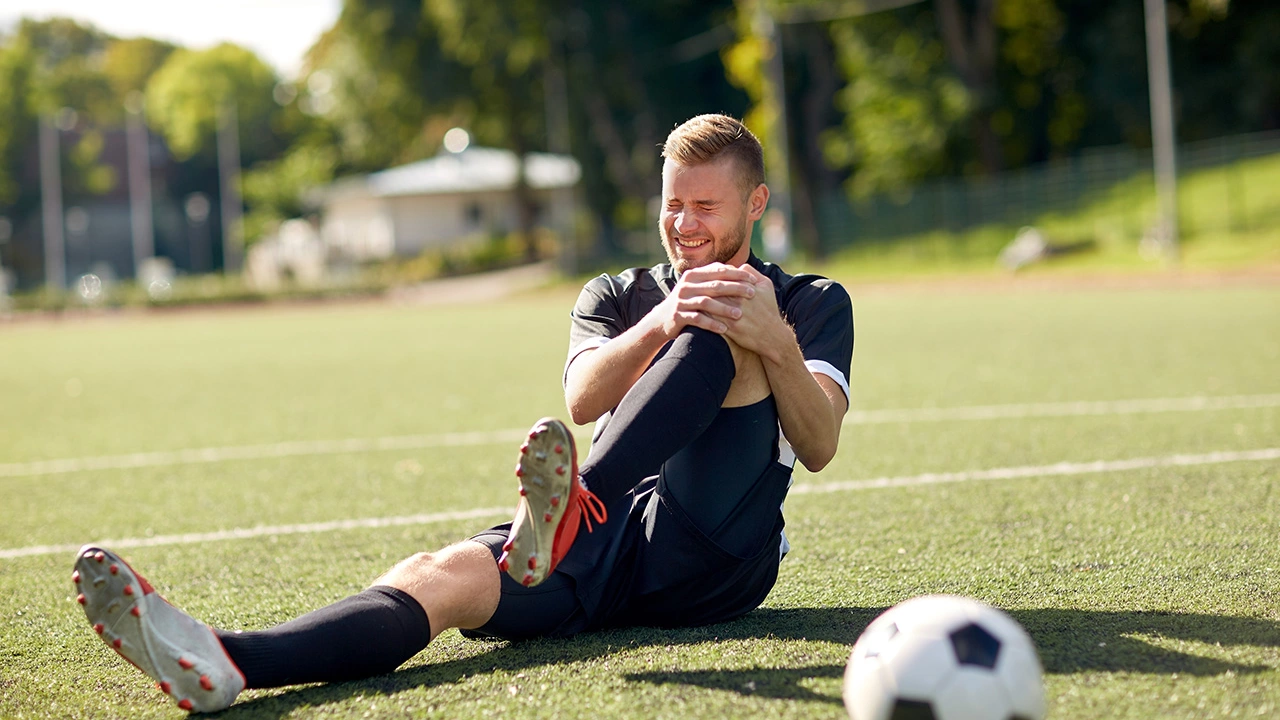Sports Injuries: What Happens and How to Bounce Back Fast
Got a sore knee after a weekend game? You’re not alone. Sports injuries pop up for anyone who pushes their body, whether you’re a pro or just playing for fun. The good news? Most of them have clear signs, easy fixes, and ways to keep them from coming back.
Common Types of Sports Injuries
First, know what you’re dealing with. A sprain is the ligaments stretching or tearing, usually in the ankle or knee. A strain hits the muscles or tendons – think pulled hamstring after a sprint. Bruises and contusions happen when blunt force hits a muscle, causing blood vessels to burst. Then there’s the dreaded concussion, a brain injury from a hard hit to the head, common in football, soccer, and rugby.
Other frequent culprits include shin splints from over‑running, tennis elbow from repetitive arm motion, and shoulder dislocations for throwing sports. Spotting the exact injury early helps you pick the right treatment and avoid long downtime.
How to Prevent and Treat Fast
Prevention starts with a solid warm‑up. Spend five to ten minutes on light cardio, then stretch the muscles you’ll use. Strong muscles protect joints, so add strength work like squats, lunges, or core planks to your routine.
Wear the right gear. Proper shoes give traction, while helmets, pads, and braces shield vulnerable spots. If something feels off, don’t push through the pain – rest it before it turns into a bigger issue.
When injury strikes, follow the R.I.C.E. method: Rest, Ice, Compression, Elevation. Rest stops further damage, ice reduces swelling, compression keeps the area stable, and elevation helps fluids drain. For mild strains or sprains, a few days of R.I.C.E. plus over‑the‑counter pain relief does the trick.
Severe injuries need professional care. A doctor can rule out fractures, order imaging, and prescribe rehab exercises. Physical therapy focuses on restoring range of motion, strength, and balance, so you can get back to the game safely.
Nutrition also speeds recovery. Protein rebuilds muscle fibers, while vitamin C and zinc help tissue repair. Stay hydrated, because fluids carry nutrients to the injured spot.
Finally, listen to your body. Return to full activity only when you can perform the sport’s movements without pain or stiffness. Jumping back too quickly often leads to re‑injury.Keeping these tips in mind turns a painful setback into a quick comeback. Stay aware, stay prepared, and keep enjoying the game.

Why do soccer players have bad knees?
by Caspian Montgomery / 17 Jul 2023In my experience, soccer players often deal with bad knees due to the nature of the sport. The constant twisting, turning, and sudden changes in direction can be hard on the knees, leading to wear and tear over time. Also, the impact from jumping and landing, as well as collisions with other players, can result in injuries. And let's not forget that playing on hard surfaces can exacerbate these issues. It's crucial for players to ensure they're taking care of their knees to keep them healthy and game-ready.

